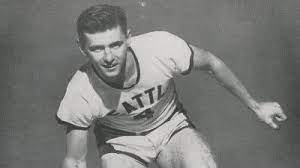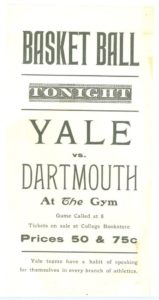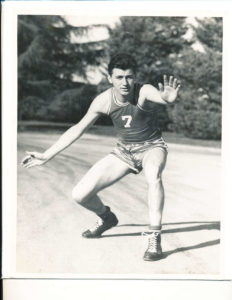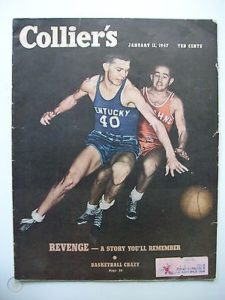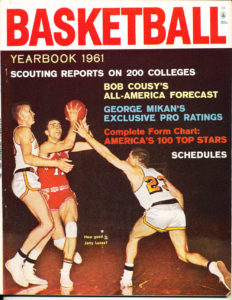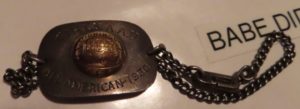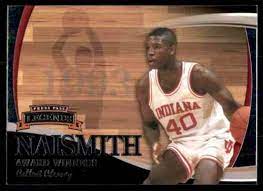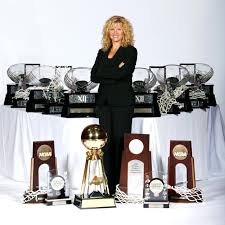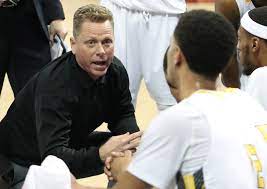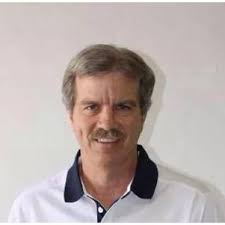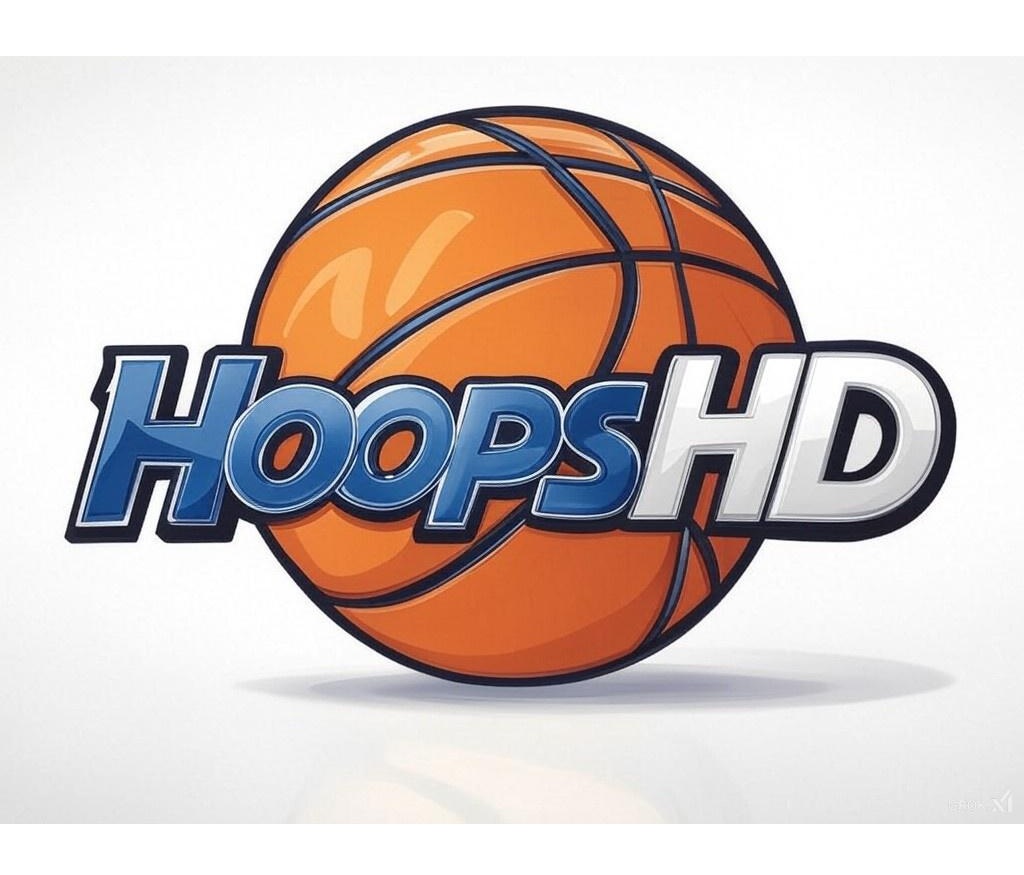Most people are lucky to succeed in 1 occupation but Johnny O’Brien seemed to be great at everything he did. At Seattle University he upset the Harlem Globetrotters and became the first player in NCAA history to score 1000 PTS in 1 season. He later played major league baseball for 6 years, then became a city councilman and sportscaster. HoopsHD’s Jon Teitel got to chat with Johnny about beating the Globetrotters and being a great scorer. Today marks the 63rd anniversary of Johnny’s final MLB appearance for the Milwaukee Braves on July 19, 1959 (he earned a walk in the 5th inning as a pinch-hitter and scored on a single by Eddie Mathews) so we take this time to honor his life/legacy.
You and your identical twin brother Ed were known as the “Gold Dust Twins”: who gave you the nickname, and how did you like it? I believe a sportswriter in Seattle came up with that nickname but we never paid much attention to it.
You were born/raised in New Jersey: how on earth did Coach Al Brightman convince you to head 3000 miles west to college at Seattle University? We graduated from St. Mary’s High School in South Amboy, NJ. Most pro baseball teams wanted us to sign a contract but our dad wanted us to go to college instead. We won 3 straight state baseball titles in New Jersey and were playing in another tournament where Coach Brightman happened to see us play. He came up to us in the middle of a 19-inning game and asked us about our grades. We said that we had great grades…and then Ed excused himself and stole 2nd base! We thought that Coach Honey Russell was going to give us scholarships to Seton Hall but he thought that we were too small and sent us a telegram to share the bad news. We eventually got scholarships to Seattle and became the 1st members of our family to ever get onto an airplane. We showed up for an 8AM practice and the other guys did not know what to expect, but after we started grabbing the rim/dunking the ball they realized how good we were.
On January 21, 1952, you scored 43 PTS and broke your nose in an 84-81 upset of the Harlem Globetrotters in an exhibition game hosted by jazz great Louis Armstrong at the University of Washington: how did you pull off the upset, and how big a deal was it at the time? I consider it the 1st real introduction of Seattle into D-1 athletics. The Globetrotters were going to play 3 college teams that winter and donate the funds to the US Olympic team. We used a college ball in 1 half and a pro ball in the other half. The 3 college teams were going to be Army/Notre Dame/Washington but due to some miscommunication we ended up replacing the Huskies and Brightman said that it would be easier if the team got the ball to me. Our building held 14,000 fans but the fire department stopped letting people in at around the 17,000-person mark. The thing I remember the most is when movie actress Joan Caulfield came onto the court to throw the ball up for the opening tip: nobody moved because we were all staring at her! It was big-time because it showed that Seattle could play with anyone.
You finished that season as the 1st NCAA player to score 1000+ PTS in a season and you graduated with 2733 career PTS: what is the secret to being a great scorer? For me the keys were that I could jump high and was very quick. I actually had 3302 PTS if you include my freshman season but they did not count those stats back then. I know it sounds impossible…but I finished my career with 1101 FGs and 1100 FTs!
In the 1953 NCAA tourney you scored 25 PTS in a loss to Washington: where does Hall of Famer Bob Houbregs (45 PTS/20-35 FG) rank among the greatest players that you ever faced? I tell people that I “held” him to 45! He had a sensational right-handed hook shot so we overplayed him and tried to force him to the left but it did not happen very often. The whole town cheered for either Seattle or UW and all of the players were friends with each other: we would play in each other’s gyms and then go out for hamburgers afterwards. Bob and I remained great friends for our entire lives: I was actually scheduled to have dinner with him right around the time that he passed away in 2014.
That season you and your brother were each named All-American: what did it mean to you to receive such outstanding honors? The #1 item that we were most interested in getting was a college degree. We were grateful for sports because that was the vehicle that enabled us to go to college.
At 5’9” you remained the shortest All-American for 63 years until 5’9” Tyler Ulis was named an All-American for Kentucky in 2016: did you see your size as an advantage or disadvantage on the court? It is hard to answer that because even though I was 5’9” I played center! I shot over 50 FG%/80 FT% every year even though I usually had someone bigger guarding me. I had to use my quickness to get away from my defender and take my shot. I guess I would say that it was a benefit.
After graduating you and your brother were both drafted by the NBA’s Milwaukee Hawks, but instead you both joined the Pittsburgh Pirates and became the 1st twins in MLB history to play for the same team in the same game on May 10, 1953: which sport were each of you best at, and how excited was your family to see you 2 together in the majors? Our mom died while we were in college so she did not get to see that unique situation. When we would play the Braves in Milwaukee the Hawks owner Ben Kerner would take us out for a meal and try to convince us to play for him, but it would have been too hard for us to do both sports. I have a grandson who is pitching in AAA named Riley O’Brien. He throws about 94 MPH and has pitched a couple of innings in the majors so baseball keeps creeping through the family. My other grandson Connor is a good ballplayer and has a chance to get drafted. Riley made more money during his 2 days in the majors than I made in my entire rookie season! We were known as “bonus babies” and Ed decided that we would use the money to buy our father a house/car. He died 4 years later and in his will he left his sons “$1 and my love” and gave my sister Teresa the rest of his estate. Money did not become a big issue back then because we never had any. We had several guys from my high school reach the majors including Allie Clark/Tom Kelly/Jack McKeon: we were all poor so the 1 thing to do was to play sports.
After retiring you had several neat gigs including several terms as a King County Commissioner, radio broadcaster for Seattle basketball games alongside Keith Jackson, and head of security at the Kingdome: how did you like working in politics, and how did you like working with Keith? If you did not win the World Series back then you had to get an offseason job to make it to the next year. My best friend on the Dodgers was Carl Furillo and he said that his side gig was as a bartender. He asked me what I did and I said I picked up stiffs for the coroner. He asked me how on earth I could do that and I said, “I never had a single complaint from any of the customers!” I struck out on a curveball in my 1st major league at-bat against Dodgers’ pitcher Carl Erskine, after which Roy Campanella said, “Hey Johnny: I guess the basketballs do not curve like that!” Politics was much different back then: we would talk with people from the other party and we got along with each other. We did not have many split votes because we met with our department heads and entered meetings with knowledge of how to be caretakers for the county. I feel sorry for the way that things are going today.
You and your brother are enshrined in the Seattle University Hall of Fame and the athletics administration building is named the Ed and John O’Brien Center: where do those honors rank among the highlights of your career? Getting into the Hall of Fame was not a great surprise…but having the building named after us was! They called us in for a meeting and I thought they just wanted us to sponsor a golf tournament or something so I was stunned to learn that they would be putting our names on the building.

